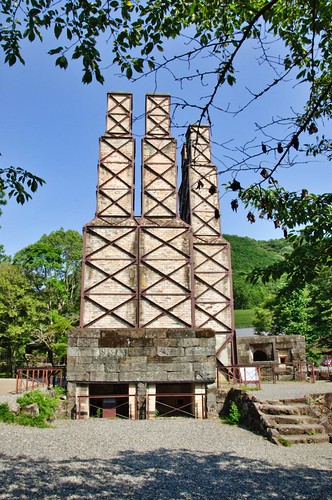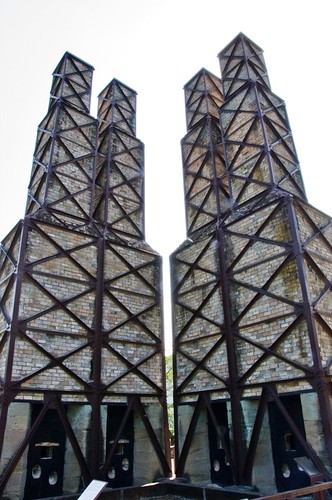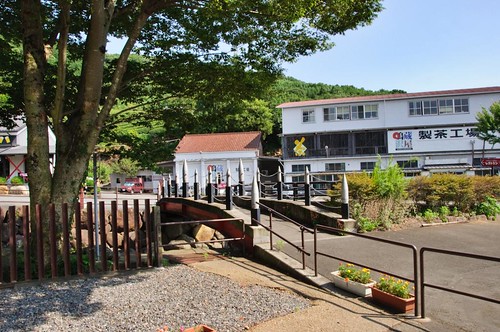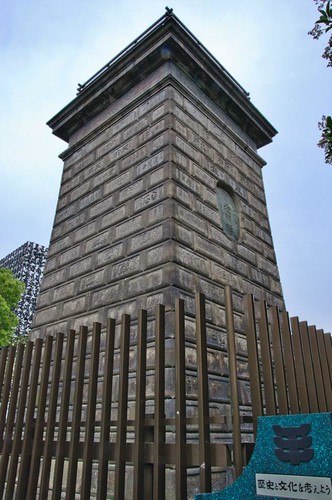
The shikinosato park is one of the largest parks in moriya city, Ibaraki prefecture. Moriya city developed a large industrial park at the beginning of the 90s, designating some areas as green zones as part of the project, the shikinosato with 20,660m² is one of the largest parks created on the designated green zone.


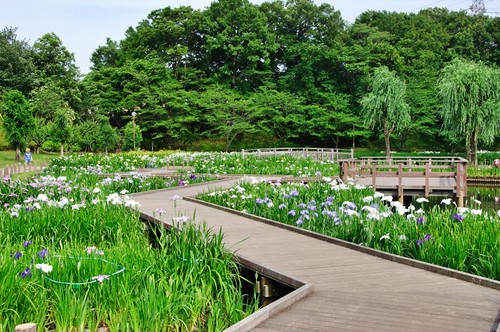
The park was built to use the terrain original features as much as possible. Centered around a pond, over 50,000 plants of 200 species flower each season, hence the name of the park “village of the four seasons”.

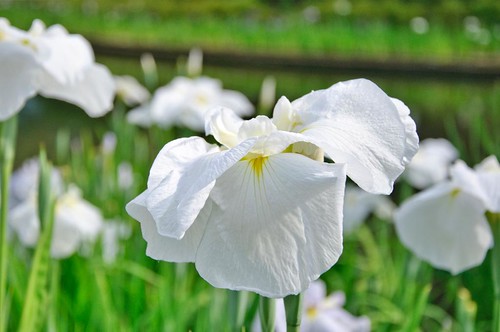

At the time of my visit, the iris were blooming beautifully around the pond.



A watermill, a stream and a boat in the area next to the playground; A great place to sit and relax.
View Shikinosato park Moriya, Ibaraki in a larger map
Español





